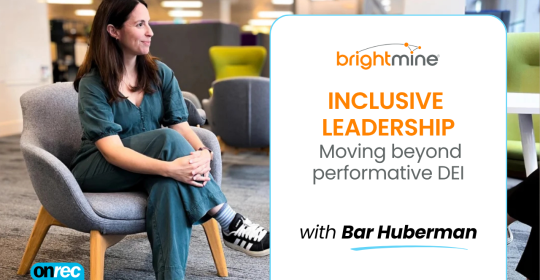The C-suite is growing as companies have worked to expand the number of roles within it to cover various new competencies. Similarly, the profile of executives is slowly shifting to include younger and more diverse leaders.
However, the addition of new roles means a shakeup of the existing system, and in Australia, this is reflected by particularly high C-suite turnover. According to PwC’s Strategy& CEO Success study, CEO turnover was higher in Australia in 2018 than almost anywhere else in the world. More than one in five (22 percent) CEOs left or lost their jobs, compared to 20 percent worldwide. The executive tier is clearly changing, so how can recruiters adapt and ensure that they’re finding and putting the right talents in the C-suite?
Sourcing New Talent
As the C-suite changes, so too must the ways that staffing agencies source and find talent. As executive roles become less siloed, they will require a new, more varied skillset – and recruiters will have to understand and cater to this need. The best recruiters will be up to date on the latest developments in the C-suite, and able to read the trends to anticipate the direction that executive staffing will go.
Finding the right candidates for the C-suite requires a robust talent sourcing process, starting with existing networks. C-suite candidates generally are passive candidates not looking for new roles, so recruiters need to keep tabs and check in with the people they have already got on their books, so they’re ready to get in contact with them when a better opportunity arises. Executives need to be the right fit, and that means understanding your client’s unique goals, needs and culture. Recruiters should work to establish a trusting relationship with their clients and continue to solicit feedback to ensure that they are bringing in the right talent.
Investing in Technology
Bullhorn’s GRID survey found that 39 percent of APAC recruiters consider “embracing digital transformation” as a top priority. That puts them ahead of the global average of just 30 percent, but it still means that an astonishing 61 percent don’t see technology as a top priority.
The high-volume, transactional CRM systems which work for filling roles elsewhere in the company might not work for finding executives. Fortunately, there are tools specifically tailored to the high-priority, low-volume work of staffing top executives, which also integrate with other tools like applicant tracking systems (ATS), helping you track candidate and application information in one place. These tools enable recruiters to coordinate on-time communication across email, phone calls, messaging and meetings across your entire team for a quick and seamless candidate experience.
Finding the right candidates for executive roles requires particular attention to talent intelligence, as well as base data such as CVs and online business profiles, and high-value data such as references and referrals. This vast volume of data can quickly become overwhelming without the right tools, and recruiters should keep an eye on how much time they spend on managing the data vs. managing relationships. Instead, they should be using modern platforms that aggregate, manage, and enable teams to understand the data, and gain a better understanding of the candidates.
Diversity in the C-suite
According to the GRID survey, 38 percent of Australian recruiters think that diversity will shape the industry in the next few years. ‘Diversity’ may be commonly understood to mean more gender and ethnic diversity, and these are definitely both areas where the C-suite needs to become more representative. However, other groups are also underrepresented, and recruiters need to make a greater effort to understand and reach out to, for instance, neurodiverse candidates such as those with autism, ADHD, or dyspraxia. Similarly, workplaces should endeavour to consider intersectionality – the ways that the various aspects of a person’s identity combine to produce a unique life experience – when searching for the right candidate.
This will require recruiters to consider new approaches to candidate selection. Reaching out to groups who have traditionally been underrepresented in the boardroom is a positive step. Still, recruiters also need to be aware of unconscious bias and work to include candidates of all kinds in the boardroom.
Creating a 21st Century C-Suite
Change is good for recruiters: it means that there will be new roles created and shakeups of existing ones. As the C-suite continues to shift and turn over to a younger, more diverse group of future executives, recruiters must utilise training, technology, and diversity to their advantage. Recruiters who do so effectively will be staffing boardrooms for a long time to come.







